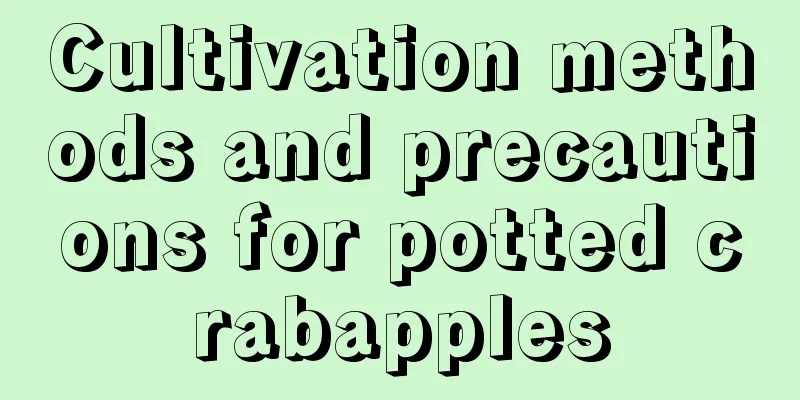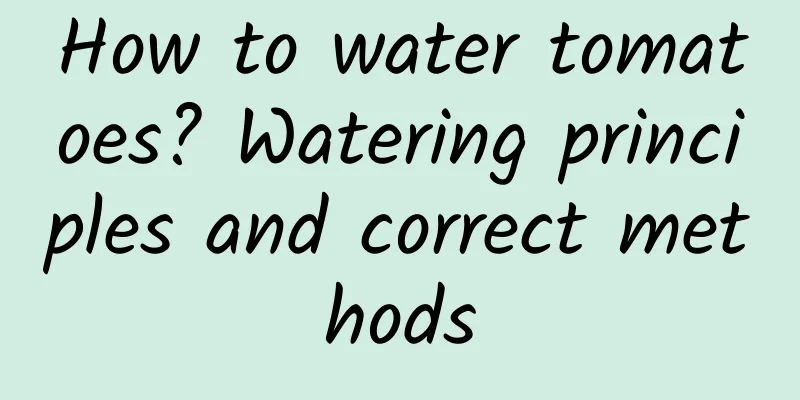Maintenance methods of beautiful leaf banana

Maintenance of the beautiful leaf banana: preparation of potting soilThe beautiful leaf banana likes fertile, loose sandy soil. Households can use garden soil: leaf mold: sand = 6:2:3 or mud soil: leaf mold: sand = 4:3:3 to prepare the soil. Maintenance of the beautiful leaf banana: daily maintenanceThe beautiful-leafed banana likes moist soil, is relatively drought-resistant but not waterlogged. The suitable temperature for growth is 20-30℃. It is not resistant to low temperatures and can safely overwinter if the temperature is above 5℃ in winter. As the temperature rises in spring, the soil in the pot should be kept moist. During the peak growth period in summer, in addition to watering, spray water 2-3 times a day to keep the leaves lush and green. When the temperature is low in late autumn, winter and early spring (below 10°C), the soil in the pot should be kept dry to facilitate its wintering. The beautiful leaf banana grows slowly and does not require much fertilizer. No fertilizer is applied in late autumn, winter, and early spring. After the temperature rises in spring, you can start applying top dressing, and apply 5 times the amount of decomposed liquid fertilizer once every month. When growing the beautiful leaf banana, it should be placed in a semi-shaded place to avoid strong sunlight, otherwise the leaves will turn yellow and lose their luster. The pot of the banana tree should be repotted every two years. When the new pinnate leaves grow two rounds, the leaves at the base tend to age and turn yellow, and should be cut off one by one. Adventitious buds often sprout on the stem disk at the base of perennial old trunks. If they are not used for reproduction, they should be cut off in time. Maintenance of the beautiful leaf banana: disease and insect controlThe cultivated banana is often harmed by leaf spot disease, which can be sprayed with 1000 times diluted 50% carbendazim wettable powder. Pests include scale insects and root-knot nematodes. Scale insects can be killed by spraying 1500 times diluted 50% malathion, and root-knot nematodes can be controlled by soil fumigation with nematicidal pesticides. |
<<: How to grow potted strawberries
>>: How to grow strawberries in pots
Recommend
What are the cultivation methods and precautions of the dragon snow tree?
How to cultivate dragon snow tree The dragon snow...
Green Bean Planting Time and Method Best Time to Plant Green Beans
Green beans planting time Green beans are suitabl...
Lotus effect and function, can lotus be eaten?
1. Efficacy and Function 1. Nutritional supplemen...
Diseases of pear trees and their prevention and treatment
Pear tree diseases: rot The disease mainly harms ...
Do cacti like the sun?
Cactus likes the sun Cactus likes sunlight and is...
When is the best time to plant potatoes in the south?
Potatoes are the fourth most important food crop ...
How to sow carnations
Prerequisites for planting carnations The first t...
Cultivation methods and precautions of golden bud flower
The golden bract flower is also called the yellow...
The reason why the leaves of Brazilian cycad turn yellow
1. The soil is alkaline The Brazilian iron tree l...
How to care for Jinping Pinus truncatula in winter
Is the vine afraid of freezing? The suitable temp...
How to change the soil of azalea and the time and method of changing the soil
When to change the soil for azalea It is generall...
Cultivation methods and precautions of red cardinal coral
Cardinal coral is an evergreen plant with fleshy ...
What month is suitable for planting honeysuckle?
When to plant honeysuckle Honeysuckle is generall...
Dandelion planting and cultivation technology, dandelion pictures
1. Before and after germination The plants are in...
How to prune passionflower
Passionflower Pruning Summer pruning The summer p...









